Since the advent of literacy, writing has been a prevalent medium for sharing information. While it's not a mainstay of all cultures (some languages have no written form), it remains crucial to nearly all human affairs, not least of which are military affairs.
How different the outcomes of famous battles would be if it weren't for urgent and life-saving communiqués. Written commands, and the mishandling of them, have played a deciding factor in the tides of war too. They can be useful tools to communicate with one's own armies, and certainly that's their main objective. But if they happen to fall into enemy hands, then such written plans can serve as a means of self-destruction.
Related: 5 Failed Assassination Attempts That Could Have Changed History
A scenario in that vein occurred during the U.S. Civil War. In 1862, Union soldiers found a discarded slip of paper wrapped around three cigars. That paper was a special order of the Confederate Army regarding the Antietam campaign. This crucial bit of information was sent along to Union Army General George B. McClellan, who—though he was quickly overjoyed by this unique happenstance—was not so quick in acting on this news due to an overabundance of caution.
Still, the point remains the same. Written communications of wartime can play a pivotal role for one's own army or, potentially, for one's enemy.
In this article, we've compiled several military manuals made up of contemporaneous documents, including training details and combat theories as well as personal accounts. While none of these manuals is meant to match something like Sun Tzu's The Art of War, each is meant to address the specific demands associated with the terrain and the time in which the corresponding maneuvers took place.
Related: The Strange, Centuries-Long History of Ski Troops
Many of these manuals, as we shall see, were compiled and edited by Chris McNab, a skilled author who has greatly contributed to the military niche, having penned dozens of works on weapons, armies, and military history. Let's explore “The Pocket Manual Series” with McNab and the other editors of the series.
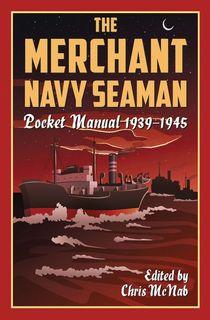
The Merchant Navy Seaman Pocket Manual 1939–1945
This pocket manual brings the reader aboard the sea-going vessels of the Allied Merchant Navies of World War II and into the mindset of the sailors who were caught in the thick of it. The navies sported a diverse outfit of maritime fighters from a wide range of varying races, religions, and social classes. Some of the British and American seamen of that day and age were still in their teens. All of them had myriad obstacles to either evade or surmount.
The Allied sailors had to brave the looming threats of torpedoes, submarines, destroyers, and enemy aircraft—not to mention the omnipresent yet fickle weather conditions. This pocket manual serves as a guide to all these situations and more.
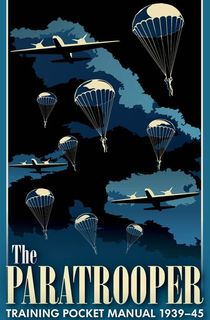
The Paratrooper Training Pocket Manual, 1939–45
Many US astronauts have had the honor of traveling into the exosphere specifically because of their qualifications in test-piloting specialty planes for the military. It takes guts to be such a pilot. But what about those who jump out of military-grade aircraft? It takes a great deal of courage and technical efficiency to pull that off.
Related: The Sherwood Rangers Were the First British Troops to Invade Nazi Germany
The airborne troops of WWII, parachuting out and down behind enemy lines, were made up of units with bold and versatile men. These soldiers underwent intense, and intensive, training leading up to their work in the field. The Paratrooper Training Pocket Manual shows just what it took to become a paratrooper in the 1940s.
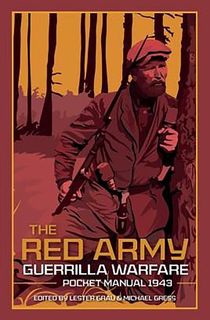
The Red Army Guerrilla Warfare Pocket Manual, 1943
In WWII, the Soviet military produced The Partisan's Companion, a volume distributed to the country's guerrilla fighters and intended to instruct them on combat procedures for engaging Nazis. It provided details on German and Russian weapons, tactics for camouflage and reconnaissance, and typical counter-guerrilla moves on the part of the Germans.
Found to be quite useful, the Soviet Companion was later employed to train guerrilla fighters in developing nations in the decades that followed. The Red Army Guerrilla Warfare Pocket Manual explores the significance of The Partisan's Companion.
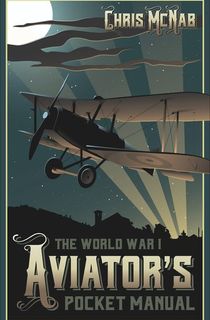
The World War I Aviator's Pocket Manual
World War I saw the emergence of talented fighter pilots, not least among them the infamous Manfred von Richthofen, otherwise known as the “Red Baron”. Those who are interested in such legendary aerial figures will find much to enjoy in this read.
Related: 22 World War 1 Movies That Take Viewers into the Trenches
This particular installment of the Pocket Manual Series pieces together factual tidbits from the British manuals A Few Hints for the Flying Officer and Practical Flying and training materials from American, German, and French sources. In this pocket manual, the reader explores the ins and outs of aircraft maintenance and operation, strategies for air maneuvers, and guides for identifying ground troops as either allies or enemies.

The Battle of Britain Pocket Manual 1940
RAF pilots took a defensive stand against Germany's Luftwaffe legions during the Battle of Britain. This engagement was a long struggle in which both sides sought to establish air superiority, a crucial arena of the war.
This edition of the Pocket Manual Series goes over the relevant training the RAF pilots went through as well as strategies they could use against the German airmen. The reader also learns about radar, ground crews, and anti-aircraft defenses.
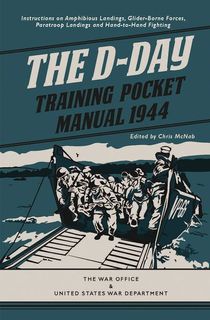
The D-Day Training Pocket Manual, 1944
Amid the numerous struggles of WWII, the Battle of Normandy stands out as a particularly bloody engagement, as well as one of the turning points of the war. June 6, 1944, or “D-Day,” marked the commencement of the battle, when Allied troops landed at a handful of beaches along the coast of Normandy in the largest seaborne invasion in history. D-Day went down in the history books as a spotlight moment, and it even led to film adaptations such as 1962's The Longest Day, which included in its cast stars like John Wayne and Sean Connery.
Related: 5 Things That Surprised The German Army On D-Day
The D-Day Training Pocket Manual has anthologized several texts taken from Allied manuals specifically used to prep troops for D-Day procedures. The subject matter includes familiarizing soldiers with amphibious landings, infantry and armored fighting in the French terrain, and training for numerous roles.
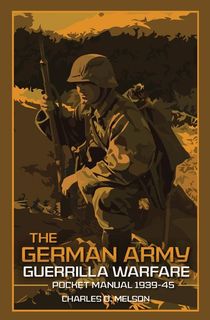
The German Army Guerrilla Warfare
As with most of the Pocket Manual Series we've looked at already, this installment was pieced together from fragments of other earlier, contemporaneous sources. This manual approaches the German angle on the art of modern warfare, based on the analysis Kleinkrieg—presented to the German High Command by Arthur Ehrhardt of the SS in 1935, and republished several times throughout the early 40s—and the Bandenbekampfung, or Fighting the Guerrilla Bands, document.
This manual presents to an English-speaking audience the German train of thought on waging small wars and squelching rebellions. This installment is very appropriately compiled and arranged by Charles Melson, the former chief historian of the U.S. Marines.
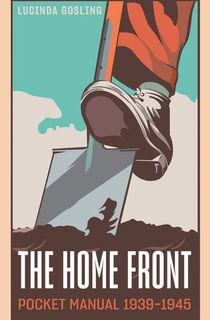
The Home Front Pocket Manual, 1939–1945
WWII didn't just take its toll on the soldiers dotting the front lines across the battlefields; it also put a strain on many of the folks back at home, particularly in Europe. Although these populations were non-combatants, that didn't mean they were safe from airstrikes and falling bombs. Among such war-torn nations, Great Britain is perhaps the most obvious. When imagining the WWII bombings of innocent civilians, it's easy to conjure up an image of an English family trying to prepare for the oncoming German raids.
Related: Lyudmila Pavlichenko: The Red Army Sniper Who Took Out over 300 German Soldiers During World War II
In Lucinda Gosling's manual, articles from British magazines have been collected to give the reader a taste of life at home during the WWII era. The reader will gain an up-close look at black-out regulations (meant to decrease visibility for enemy bombers) and common practices like raising livestock, growing fresh produce, and transforming rationed foodstuffs into desirable meals.

The Home Guard Training Pocket Manual
During WWII, indie publishers released little training pamphlets left and right as supplements to the official Home Guard manual that was put out by the War Office of Britain. The Home Guard was an armed citizen militia in charge of supporting the British Army.
Such materials covered a wide array of scenarios to be ready for and qualifications to be emulated. They gave details on drills, patrols, nocturnal fighting, virtues favorable among leaders, and numerous legalities. These mini-manuals aided the members of local Home Guard outfits to be ready for any potential invasion. Lee Johnson's Home Guard Training Pocket Manual is comprised of excerpts from these sources.
This post is sponsored by Open Road Media. Thank you for supporting our partners, who make it possible for The Archive to continue publishing the history stories you love.
Feature image: James Wainscoat / Unsplash
